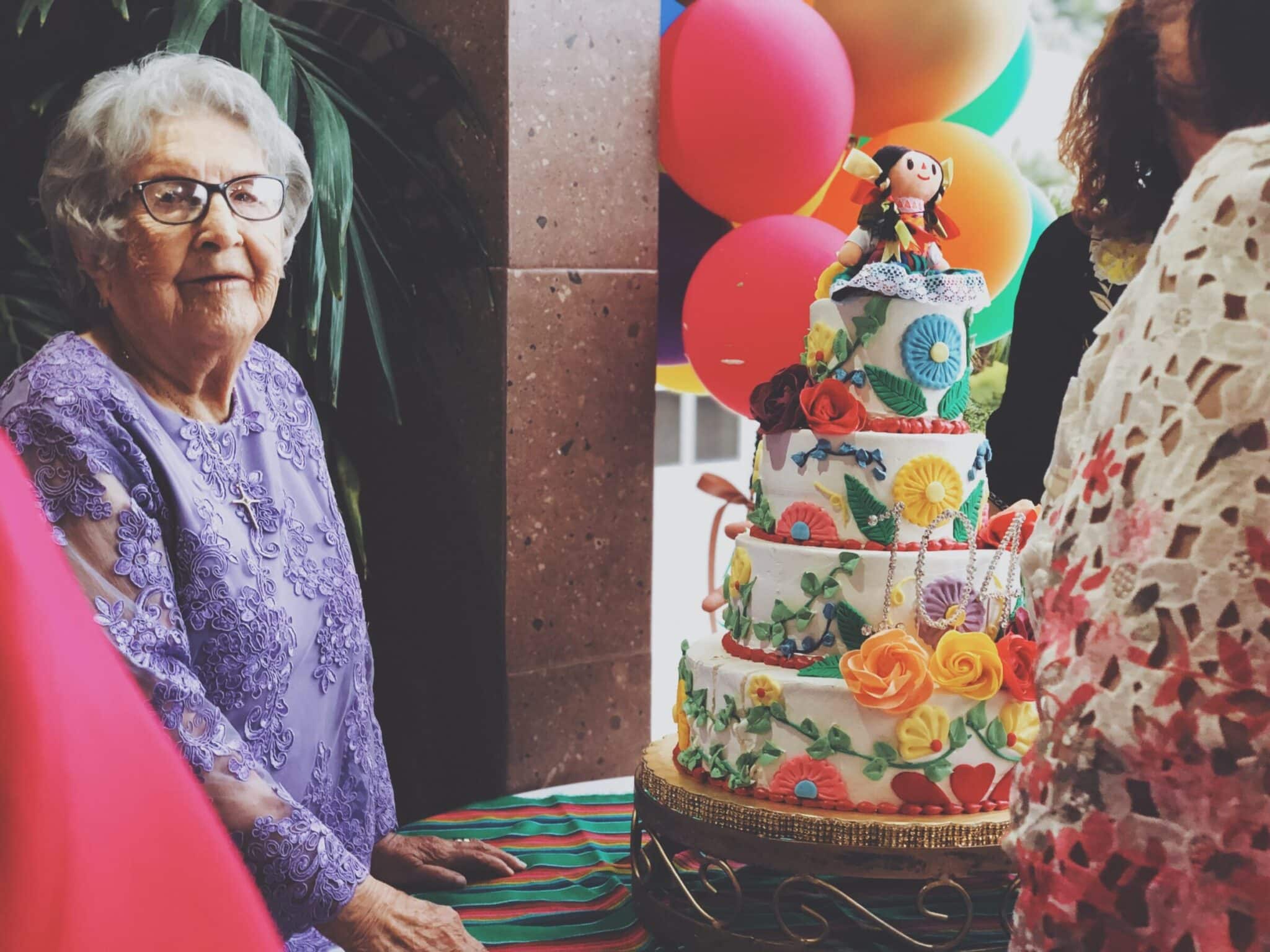Caregivers ARE essential visitors/care partners

Caregivers ARE care partners
There is clear evidence that partnerships with family members and caregivers improves patient/resident experience, safety and outcomes. Even prior to this pandemic, there have been campaigns to recognize and treat caregivers as partners in care. This pandemic has brought this need to the surface in a dramatic way. Most of us don’t need to be reminded of the heart wrenching stories of separation between caregivers and family members in long-term care homes with COVID-19. It isn’t an exaggeration to say that it has been traumatizing for many residents and their families.
Patient ombudsman special report: October 2020
Ontario’s Patient Ombudsman recently released a report and recommendations related to complaints received to date during this COVID-19 pandemic. As the Ombudsman, Cathy Fooks, states in this report: “No one in Ontario’s healthcare system wants a repeat of the scenarios we faced in the spring of 2020.”
The Ontario government has been listening to patient and caregiver advocates in terms of visitation and has recently updated its visitor policy under the Long-Term Care Homes Act.
Ontario’s Long-Term Care Homes Act
In Ontario, all institutions that care for the elderly (i.e. nursing homes, long-term care facilities, retirement homes) are subject to the Long-Term Care Homes Act, 2007 (LTCHA) or the Retirement Homes Act, 2010. These laws are meant to safeguard residents’ rights; to improve the quality of their care and make these long-term care homes accountable for their practices and procedures.
The Ontario government has implemented a new directive ( Directive #3) for long-term care homes. The updated policy clarifies that caregivers are allowed to visit homes at any time, including during an outbreak, subject to direction from the local public health unit. This new visiting policy came into effect October 7, 2020.
Updated visitor policy
- Caregivers are now recognized as essential visitors, as partners in care, who provide direct care to residents such as “helping with feeding, mobility, hygiene, meaningful connection, relational continuity or cognitive stimulation.”
- They can be family members or friends, privately hired caregivers, paid companions and/or translators.
- Each resident and/or their substitute decision maker can name two caregivers.
- Caregivers can visit without time limits.
- If there is an outbreak at the LTC home or the resident is self- isolating or symptomatic, the caregivers must visit one at a time. Otherwise, the caregivers can visit together.
Caregiver visits during COVID-19 pandemic
- All visitors should pass active screening before entering a home. This includes a temperature check, questions on symptoms and exposures to COVID-19.
- All caregivers, as well as any general visitor who is visiting indoors, should verbally attest to the home that they have tested negative for COVID-19 within the previous two weeks and not subsequently tested positive.
- Homes are not required to provide the testing.
- All visitors must wear surgical/procedure masks inside the home. Essential visitors are also required to wear additional personal protective equipment for interactions with residents who are self-isolating, suspected or confirmed to have COVID-19.
- The home should provide training to caregivers that addresses how to safely provide direct care, including putting on and taking off required PPE, and hand hygiene.
- Homes are responsible for providing surgical/procedure masks, gloves, gowns and eye protection (for example, face shield or goggles) for essential visitors.
- Caregivers should be asked by the home to verbally attest that they have read/re-read the home’s visitor policy (prior to first visit and once per month thereafter).
- The home’s visitor policy should include guidance from the following Public Health Ontario resources to support IPAC and PPE education and training for caregivers:
-
-
- guidance document entitled Recommended steps: putting on personal protective equipment (PPE)
- video entitled Putting on full personal protective equipment
- video entitled Taking off full personal protective equipment
- video entitled How to hand wash
-
This updated visitor policy ensures caregivers’ rights to be with, care for, support, comfort and touch their family members in long-term care. It also meets the long-term care homes’ need for the provision of safe care and safety for all residents and staff members and visitors. That sounds like a win-win.
Have you visited a family member since the visitor policy has been updated? We would love to hear from you.









Not just a visitor! So important to have family members present during health challenges!
I couldn’t agree more Delphine. Thanks for sharing.
Jane
I was able to see my husband, who is an Alzheimer patient and resides in Yee Hong Mississauga LTC, from October 5th, 2020. However, it’s a battle since then, because I’ve been scheduled to visit him in a designated area 1.5 hrs at lunch and dinner time for the reason that he has been having oral hygiene problems, such as teeth grinding, bad breath, and gum bleeding. I only discovered his oral hygiene problems from Oct. 5th that’s why I was able to visit him.
I’ve contacted the Ministry of Ontario LTC-Action Line and his case manager at CCAC for help but could only get visits during the weekdays. Hence his oral hygiene problem became worsen after the weekends.
Yee Hong has its own protocol to put the resident into self-isolation upon his/her return from a medical care appointment. I have made a dentist appointment for my husband this Monday, November 9th to take care of his oral hygiene problems. The inspector from MOLTC Action Line told me that he won’t be put into self-isolation and the authority people at Yee Hong have to follow that directive. However, the authority people at Yee Hong told me that they won’t put him into self isolation for 14 days but for my visits they will put me and him into a secluded area where no one is around. Does that mean they isolate me and my husband for the next 14 days after his dentist appointment? Who knows if they are going to put my husband into self isolation in between my visits too. I have no way to check on that since I don’t have access to the home with no time limit.
Another problem with this home is that they don’t allow the visitors including caregivers to use their public washroom while on their premises for a visit. I had to go back to my home for using the washroom at home and come back after that. My visit time was also shorten by this way.
While the directives specify that :
All visitors must wear surgical/procedure masks inside the home. Essential visitors are also required to wear additional personal protective equipment for interactions with residents who are self-isolating, suspected or confirmed to have COVID-19.
Yee Hong LTC make all visitors including caregivers to wear all PPE (medical gown, google/face shield, and medical gloves) beside the surgical mask all time while being put in place of a designated area on the 1st floor.
Mean while their staff only wear the surgical mask and they are the ones that have more time and chances to contact with all residents on the floor, yet they don’t wear all the PPE.
The instruction is clearly state that all PPE are only required when contacting a probable, suspected and infected COVID-19 person but they use for all time. To me, that’s considered improperly use of PPE.
It’s so injustice and frustrated. How can the government allows the LTC to do that? The communication between the directives and the LTC is not precisely and clearly to understand each other. The LTC keep saying they have option at their discretion to do such thing but in fact those discretion are only for general visitors, caregivers are exempt from that.